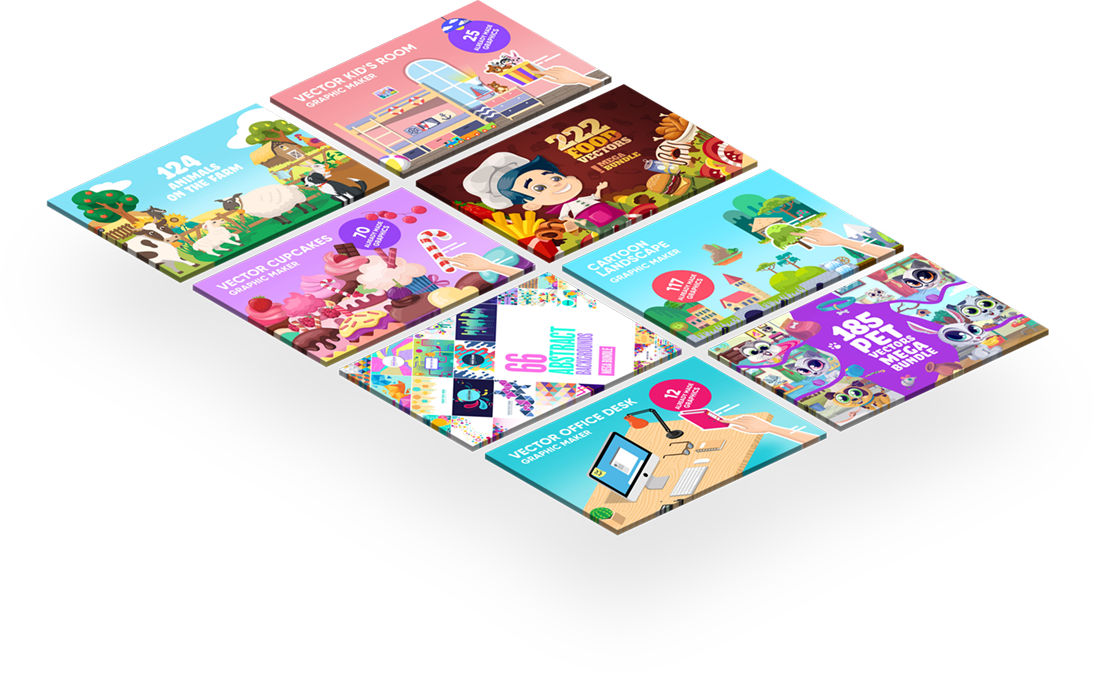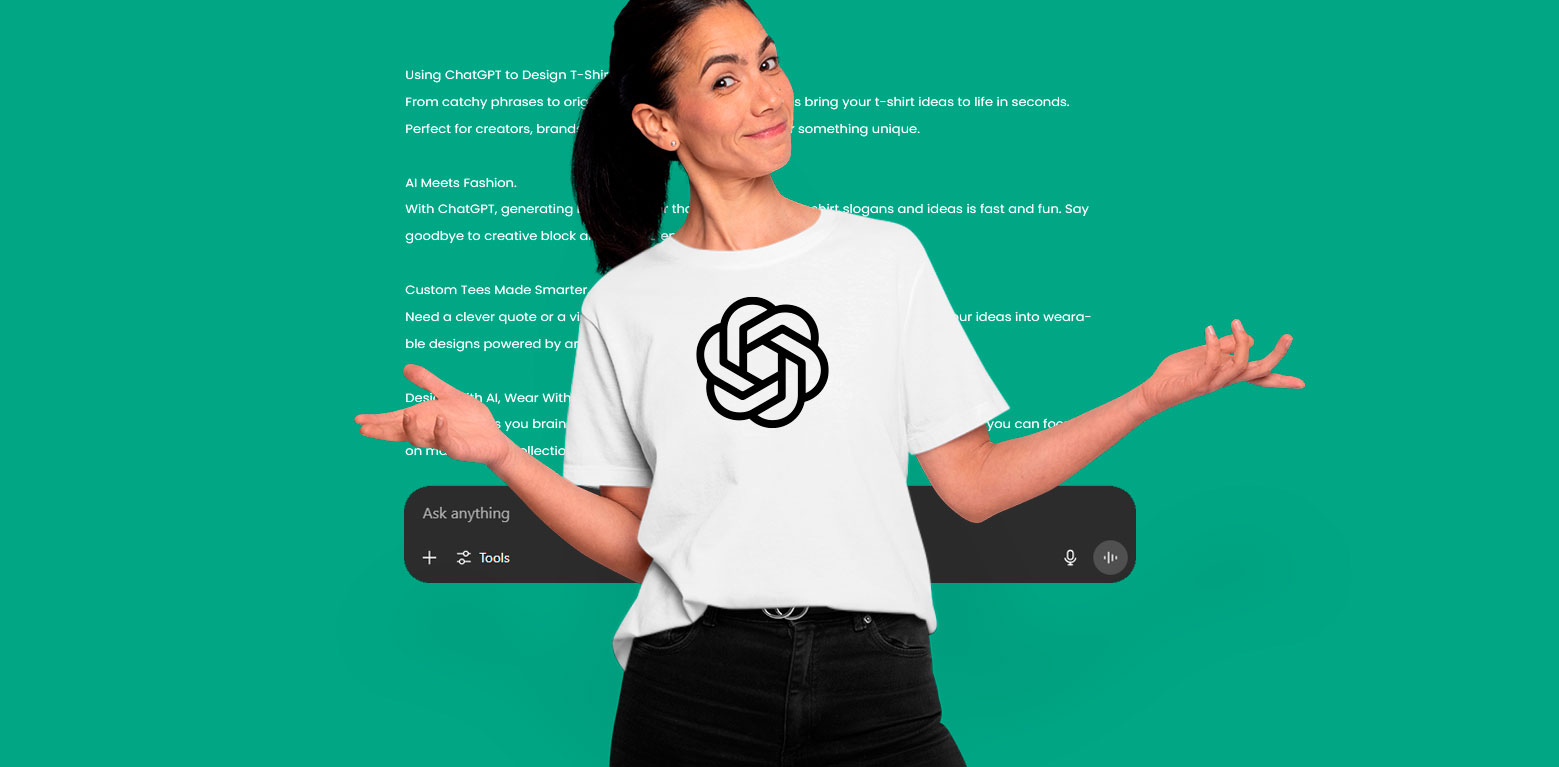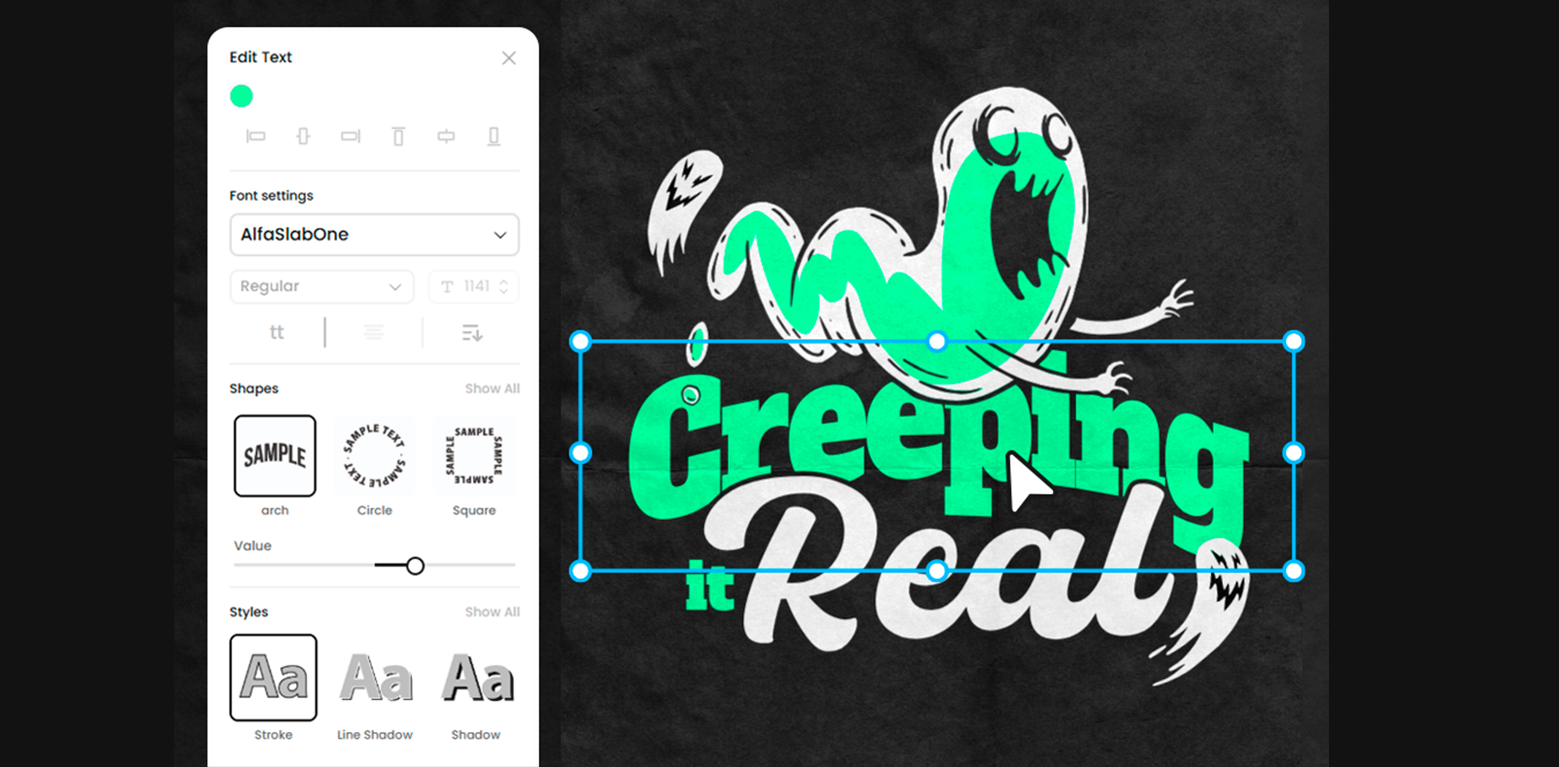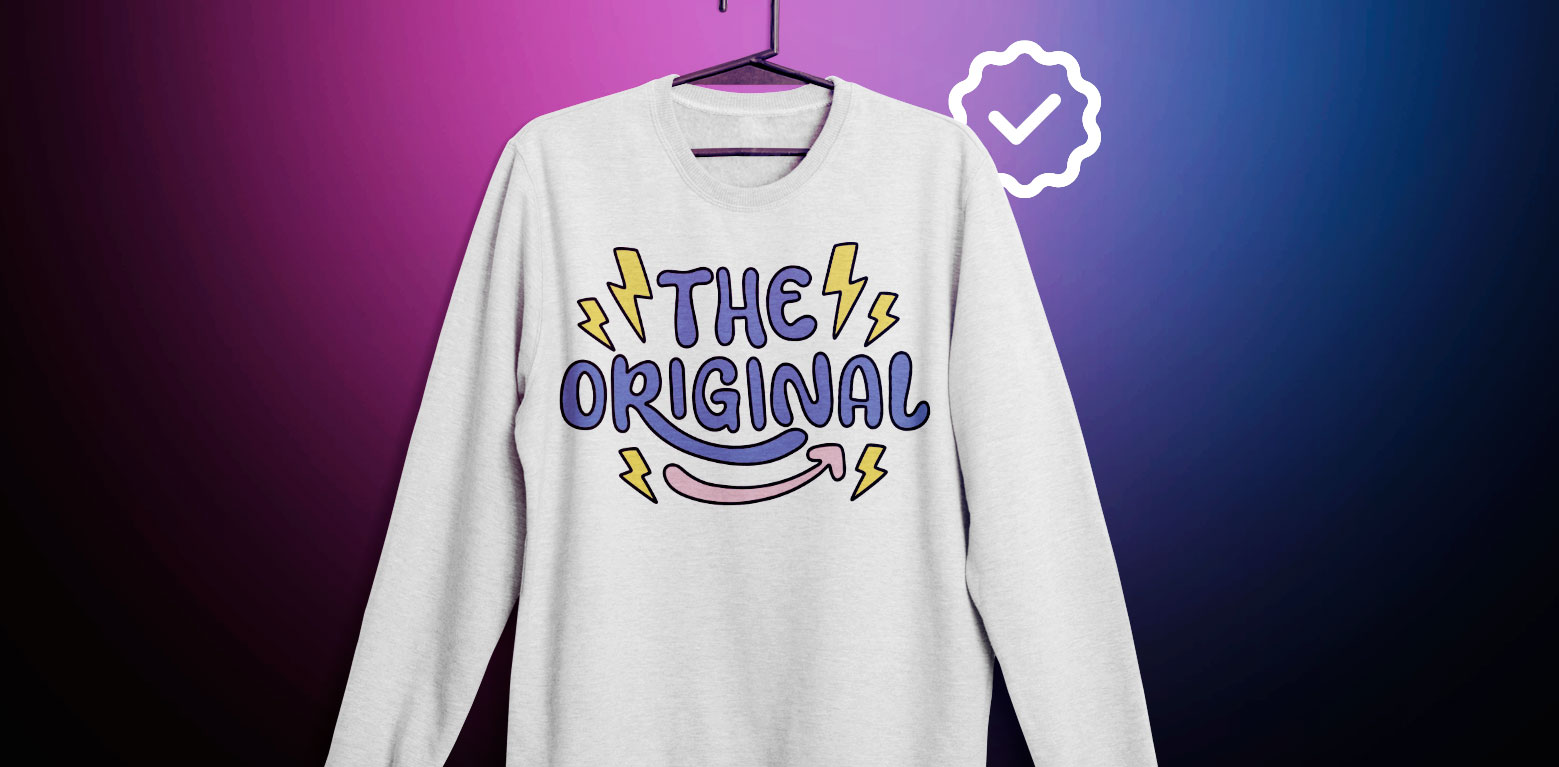Being a graphic designer in this day and age comes with plenty of opportunities, as well as challenges. For instance, the competition is getting bigger every year, with 260,000 currently employed as graphic designers, with 25% of them being self-employed. In a situation like that, it’s getting increasingly difficult to stand out, which is why having your own design portfolio is an absolute must. Portfolios might seem like something totally perfunctory when it comes to most professions, but with design, they provide potential clients or employers with an immediate glimpse into the skills and the experience of the designer.
In order to create a design portfolio that is going to help you get ahead of your competitors, check out our list of five design portfolio creation tips.
1. Be Selective About What You Include in Your Portfolio
The first thing any of the top resume services will tell you is that you should be selective with your portfolio, which means that you need to avoid featuring every single piece of work that you’ve ever done. Instead, you should choose designs which showcase your skills in the best possible way, as well as those which represent who you are as an artist at that particular moment. Also, if you don’t want to attract a particular type of client, then simply exclude such design pieces from your portfolio. Plus, clients, as anyone on the Internet these days, have short attention spans, and you should try and pique their interest with your best work.
Verena Michelitsch‘s great inspiration in this case, seeing as you have large high quality images, where you can take a look at her project photos in depth, but she keeps it simple and only includes her best work. This is a great example as to how sometimes, quality is highly superior to quantity. Showcasing your best work in a simple decluttered manner can really make you stand out.
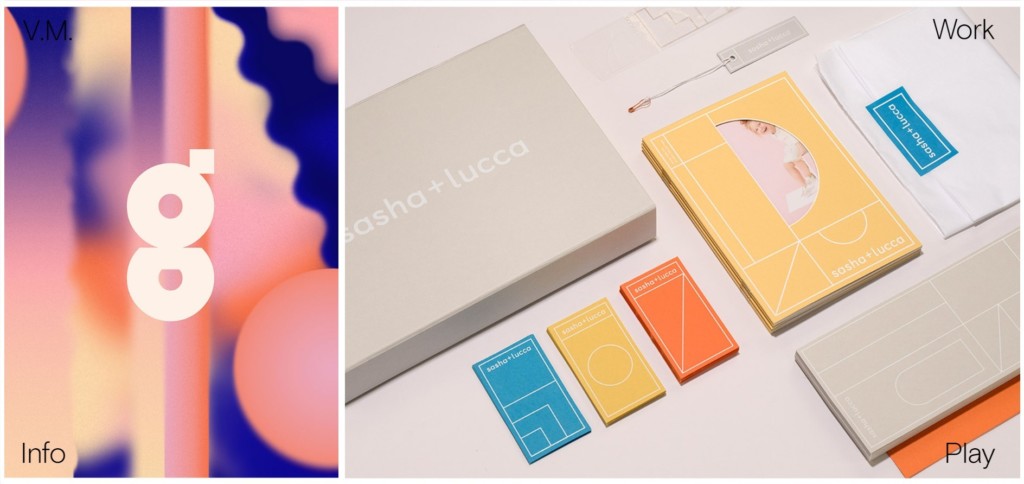
2. Keep the Clients Wanting More
By not putting all of your work into your portfolio, you are also giving yourself a chance to provide your clients with something extra they haven’t seen on your initial application. For instance, if your body of work includes not just design pieces, but also stuff like infographics, animation, or photography, you don’t want to do in too deep with either one. Simply present a few key examples, and then move on to the next type of work. If they want to see more of something, they will let you know.
3. Use Design Bundles
There’s no need to make everything from scratch! You can always take advantage of ready-made design assets like craft bundles; there are tons of Backgrounds, Icons, Characters, Logos, People, Vectors and more. Using these graphics will not only speed up your creative process but will give your finished projects a more professional look as they’re usually great quality. Don’t miss out on these amazing designs and take your design to the next level!
4. Make Sure Your Portfolio Is Up to Date
There are two reasons why you should keep your design portfolio updated on a regular basis. First of all, with each new client or gig, you will grow as a designer, and even you will be able to tell the difference. So, only feature those pieces which reflect your current skills. Second, design trends come and go, so if your portfolio features works designed around a trend that is no longer relevant, you need to remove them and replace them with other relevant designs.
5. Build an Online Portfolio
Even if your work mainly involves print design, you should still make the effort and create an online portfolio, because the majority of your clients will look you up online. If you are worried about not knowing the code, take a look at pre-designed themes over at SquareSpace or WordPress, which you can also modify and tweak to your liking. Finally, you should also make use of platforms like Behance or Adobe Portfolio.
Mathilde Serra‘s online portfolio is a super creative spin on showcasing her designs and providing her visitors a super user friendly tour through her different projects, creating clear subtitles where you can check out all the different areas where she excels. Take a look around her site for inspiration:
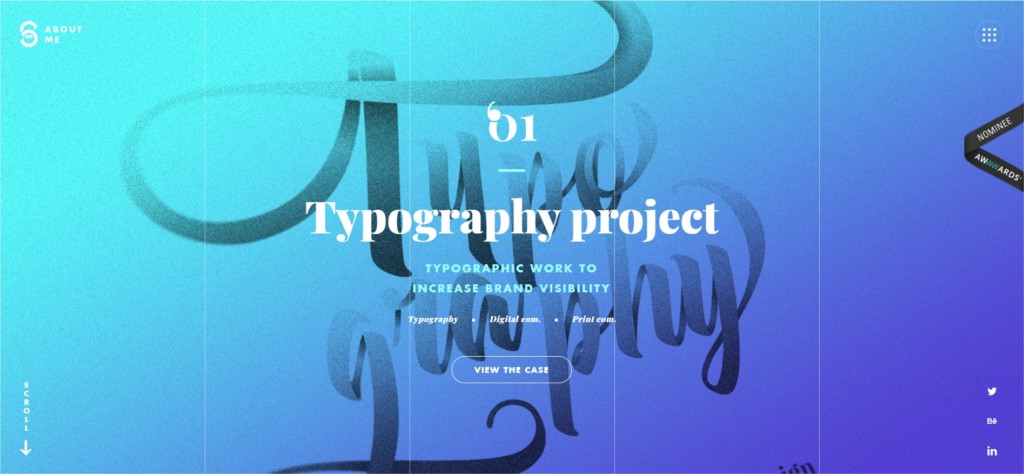
6. Provide Potential Clients with a Behind-the-Scenes Glimpse
If you decide to share your creative process with your clients, you will not only demonstrate how a particular piece of design was created but also how much hard work and ideas went into it, as well as which design skills you have. Sometimes, clean and elegant designs can look deceptively simple, so by offering a detailed insight into the process, you will make your portfolio, and the work featured, all the more impressive.
Stefano Colferai knows just how to mix behind the scenes videos into his Instagram feed, showcasing not only his work but also how much fun he has creating them. Not only does he have a professionally curated feed with his best works, but he loves to share his creative process through his stories. He also has an interactive online website that doubles as a portfolio to showcase his cool creations.
View this post on InstagramA post shared by Stefano Colferai (@stefanocolferai) on
Your portfolio, along with your skills and experience as a designer, is one of the best weapons you have in your arsenal for attracting potential clients and landing that dream job. With these five tips, you will be able to do so in no time. Good luck!
Read more: Guide to Design Templates




